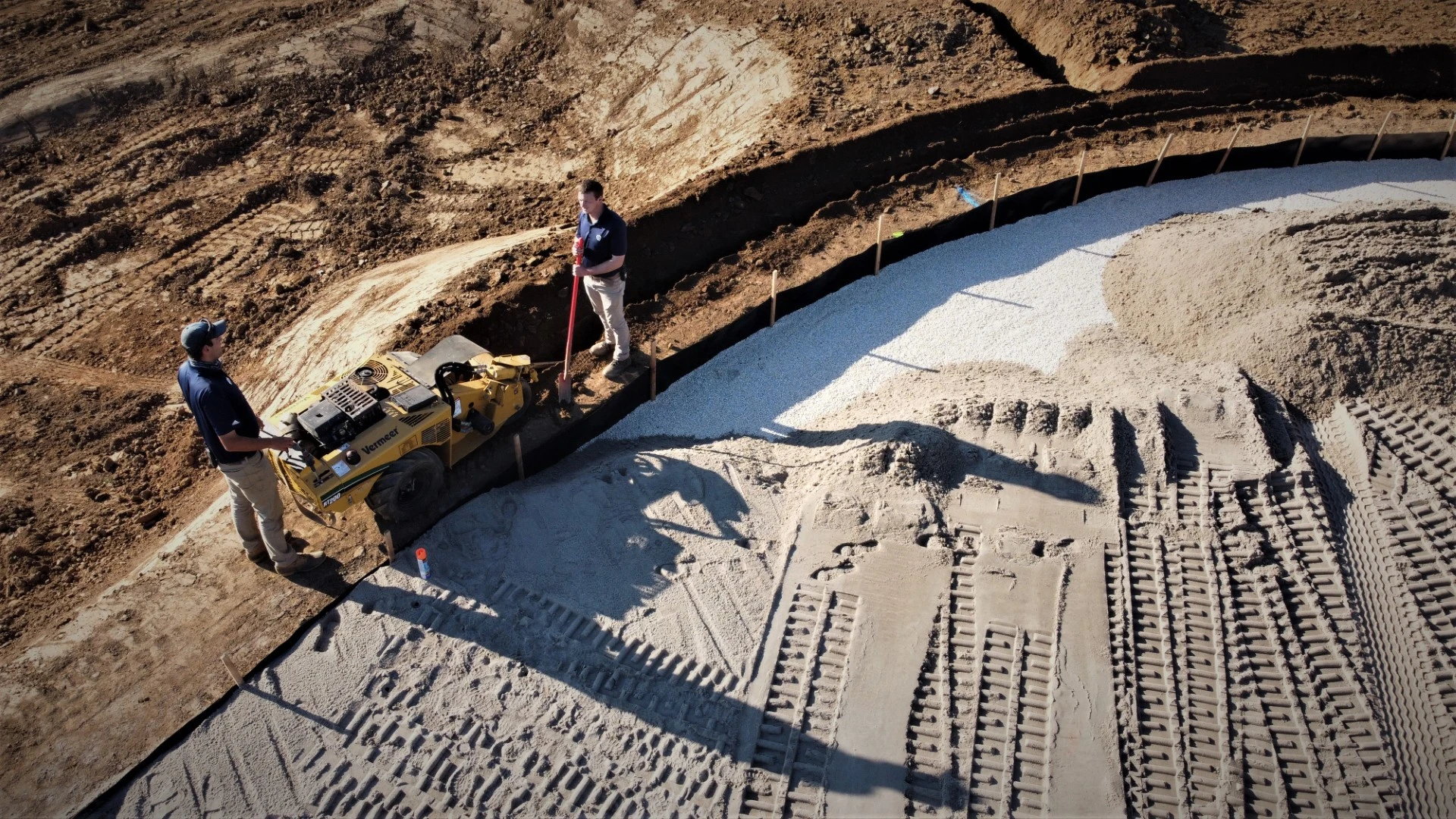 Jeffrey D. Brauer Jeffrey D. Brauer |
A PGA pro once told me, “If the last decade was the construction decade, this one should be the instruction decade.” I thought of that during Masters Week, while looking at their new and improved practice range. Like most things at Augusta, it sets the standards others will shortly follow. The original Augusta layout was like many early 20th century routings, and its practice areas were almost afterthoughts. Like the hockey goalie mask, it took far too long for an obviously good idea to become standard practice. However, driving ranges eventually became standard features, and later, practice sand bunkers, chipping areas, and target greens. The evolution continues, and a modern practice facility, epitomized by Augusta National, seeks to truly recreate a multitude of conditions you might experience on the course. Range design has become a lot more complicated. The new features also require more land – an increase from about 10 acres to over 15. With 99 percent of golfers spending the most time just “banging balls” the basics remain the same – big tees and wide landing areas. Practice range tees need 20-30 days for turf recovery, so we design practice tees at least 30 yards deep, and prefer more. Tee width should accommodate the weekend morning or shotgun tournament. Allowing an hour of practice before the tee time means accommodating 20-28 players, and shotgun tournaments might accommodate a quarter of the 144 players, if done in shifts. With 10-12 feet-wide stalls, your tee should be 240-360 feet wide. The landing zone should be at least 300 yards long and 500 feet wide. 330 yards and the tee should gently curve to help aim all golfers to the middle. 330 yards long and 600 feet wide is preferred to contain nearly all shots. The ideal practice range plays into the prevailing wind, which accentuates missed shots. It may help shorten the range, but require widening. A few ranges have multiple tees at different wind angles, with the ultimate being a full circle practice area allowing golfers to practice in any wind direction. The true practice value comes from adding details: Target Greens. Placed at a variety of distances, and looking more like real greens and less like little dirt humps. Augusta actually replicates on course greens closely. However, it’s more important that you provide opportunities to practice to “tucked pins” on all corners of a green. Target Fairway. Augusta actually has two target fairways, split with a line of trees, with one set up for hooks/draws and the other for fade tee shots. Variable Hitting Conditions. Rather than a flat tee of fairway grass, golfers need both rough and fairway grasses for full practice. Since fairway lies are rarely flat, some tee areas ought to have gentle slopes in all directions. Of course, this includes a fairway sand bunker, and grass bunkers, mounds, and other conditions found on the course, down to hitting from under a typical tree. Where possible, shots to severely uphill or downhill greens should be recreated.
The chipping green should be similar in size to on course greens, and with a variety of typical hazards so golfers can practice any recovery shot they will likely encounter on the golf course including green side sand and grass bunkers, rough and fairway height chipping areas, and some mounds and valleys to negotiate. The green should have a variety of slopes towards and away to recreate almost any combination of hazard shot to green slope, replicating high lobs, chip and run, short and long bunker shots, deep bunker shots, and shots from any unusual lies. Distance Control Area. At one area, placing a line of markers at 10-yard intervals from 40-110 yards so golfers can practice precise distance control for short approaches. |
Get curated news on YOUR industry.
Enter your email to receive our newsletters.

Explore the May 2013 Issue
Check out more from this issue and find your next story to read.
Latest from Golf Course Industry
- Standard Golf announces new product lineup for 2025
- The Salt Pond taps Troon for management
- KemperSports selected to manage Swansea Country Club
- From the publisher’s pen: Grab that guide
- Introducing our April 2025 issue
- South Carolina leaders honor golf course superintendent
- One and only
- Wild can be good







